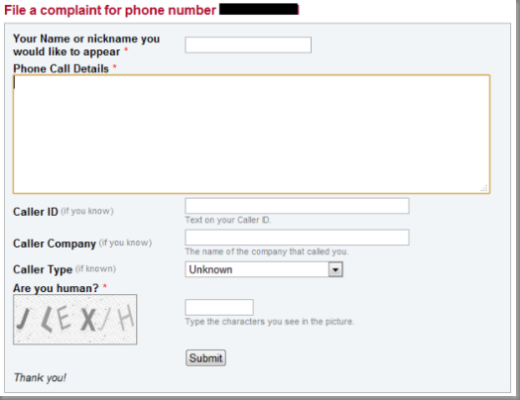By Sterling “Chip” Camden
Contributing Writer, [GAS]
I hate the telephone. As far as I’m concerned, the only reason why it ever succeeded as a communication medium is because we didn’t have email (and the only reason we’re still using email is because we don’t yet have anything better). You might argue that the phone is superior to email, because you can pick up nuances from the speaker’s voice — but I find that advantage outweighed by several other factors:
- The phone is non-visual (at least, for now). Even though email doesn’t show me your face either, it does show me your words. I can run my eyes back over them as many times as I need in order to process your meaning.
- Email is disconnected. I don’t have to respond to your statement within seconds. I can take my time to think about what I’ll say.
- The telephone interrupts. It demands my attention now (unless I turn the ringer off).
That last bullet is even more deadly when the interruption comes from someone you don’t want to talk to anyway. And even (or maybe especially) if you add your number to the National Do Not Call Registry, telemarketers and other phone-spammers never tire of punching it in — and they seem to have a telepathic sense of when you’re eating dinner, taking a shower, or engaged in… um… other activities you hate to have interrupted.
A web site called CallCatalog seeks to provide some relief from the phone hounds. It’s a crowd-sourced repository (that’s a fancy term for “users supply all the data”) of telephone numbers that originated calls that recipients didn’t want to receive. You can then take the caller ID from your own harassing call and search CallCatalog’s database to get as much information about your caller as other users have supplied. You can also add your own comments, or report a new number that’s not already in the database.
When reporting an incident, you’re asked for your name or nickname. No sign-up is required, so these reports are essentially anonymous. Seems to me that invites gaming — just key in your competition’s phone number and report them as harassing.
As you can see in the image above, CallCatalog uses a CAPTCHA to attempt to thwart spammers (wouldn’t that be ironic if they got spammed?). Furthermore, I noticed that CallCatalog’s moderators have removed some external links that users put in the comments — which also discourages spam.
The site includes three blog-like pages (meaning, they get new items added periodically) related to telephone privacy: News, How To, and Videos. Unfortunately, none of these pages offer a feed.
Optimistically, this site serves as an example of how the Internet can be used to aggregate information to empower users. But realistically, I have to wonder how useful this information can be. Most of the entries I perused were along the lines of “Who are these people? Make it stop!” Will finding out that you’re just one of ten thousand people whom a particular caller is hounding help you to take action against them? Or will you have to be satisfied with the knowledge that at least you’re not alone?

